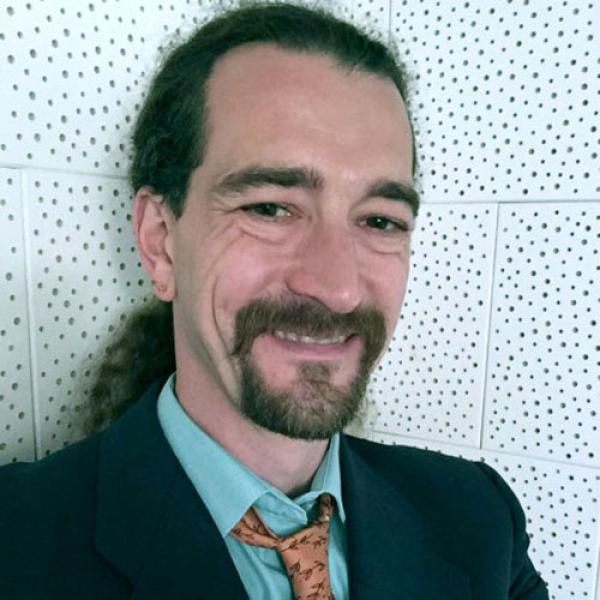Aaron J Newman
Professor
Research Themes: Evolving Language in an Information Economy, The Communicating Mind and Body
I am a cognitive neuroscientist, educator, and author, working at Dalhousie University where I am a Professor and Chair of the Department of Psychology and Neuroscience.
I study relationships between brain activity and thought using a variety of neuroimaging tools. I direct the NeuroCognitive Imaging Lab (NCIL), where I train students in cognitive neuroscience research as we study how experience affects the brain in contexts such as learning, reading, and stroke recovery. I am also the author of the textbook, Research Methods in Cognitive Neuroscience.
Research in our lab covers a range of language-related topics. For example, we study reading development to better understand how individual differences in children's reading abilities influence brain activity associated with recognizing words, and understanding their meaning. We study bilingualism to understand how we can best teach new languages to adults. We are studying conversation dynamics using hyperscanning - a method for recording brain activity fro two people while they are jointly engaged in a task. We are also developing brain-computer interfaces in virtual reality environments, both to enable new means of interacting with VR, and improved clinical diagnostics for children. As well, we are investigating how people with aphasia (language deficits following brain injury) detect speech errors, and how this might help develop apps to support their language recovery. All of these diverse topics fall under a broad interest in neuroplasticity — how the brain is shaped by experience.
Another facet of my work is training scientists at all levels to be more creative and critical thinkers, to understand entrepreneurship, and to find and solve important problems. I do this through the SURGE Innovation Sandbox at Dalhousie, where I develop and deliver classes, workshops, and other programming focused on interdisciplinary design thinking, commercialization, and entrepreneurship.
